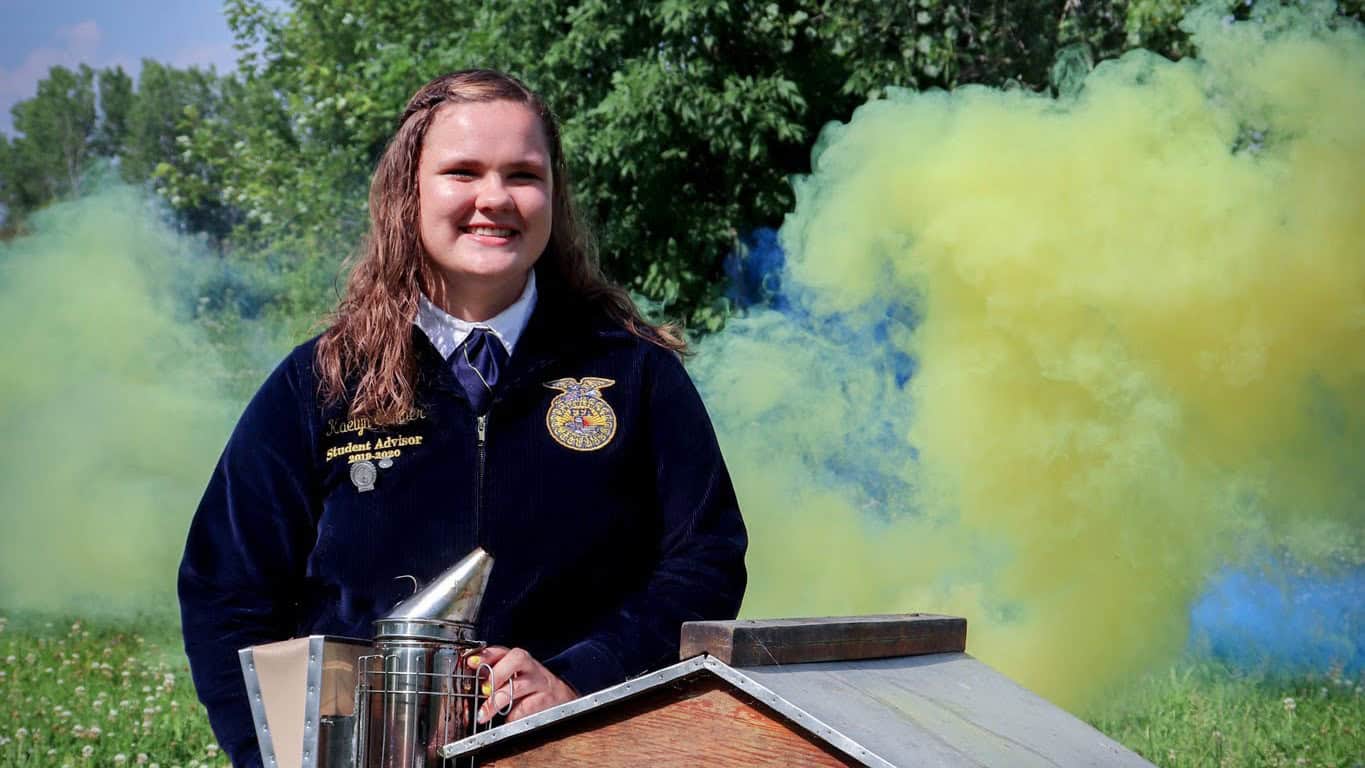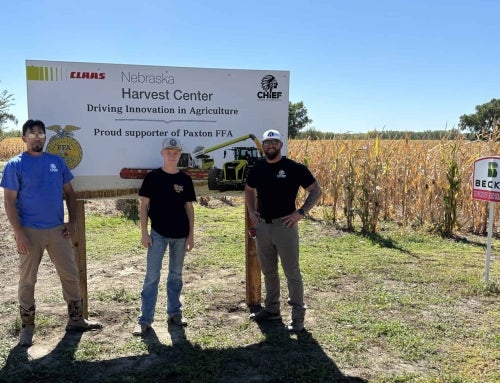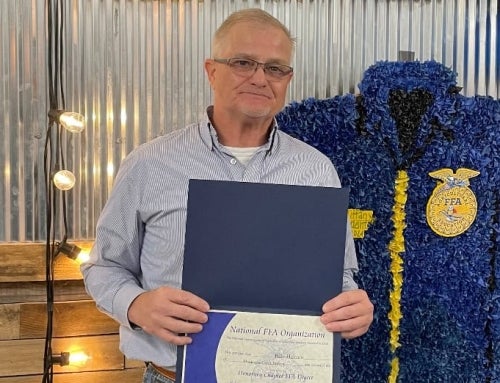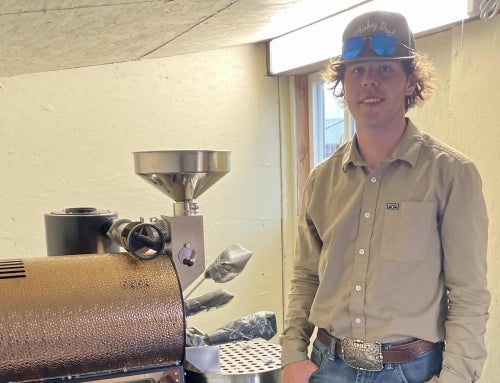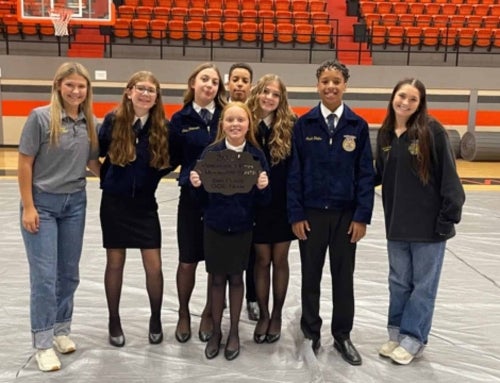Life is sweet for Pulaski FFA Alumna Kaelyn Sumner. The 21-year-old beekeeper from Wisconsin was crowned the 2024 American Honey Queen and travels from state to state advocating for the beekeeping industry and encouraging people to consume honey.
Sumner became a beekeeper when she joined FFA at the age of 14 and used a National FFA SAE Grant to grow her hobby into a small business, K’s BeeS.
“I started out with eight colonies of honeybees,” Sumner says. “My freshman year of high school, the FFA startup grant helped me purchase the bees, an extractor for honey and some bottling equipment. I received another FFA grant during my sophomore year that I used to expand to 20 honeybee colonies.”
Sumner’s beekeeping business flourished into an award-winning specialty animal production proficiency, and she conducted two nationally recognized FFA agriscience fair projects. Read on to learn six amazing facts Sumner shares about bees and honey.
1. Commercial beekeepers are the cornerstone of agriculture.
These individuals transport honeybees on semi-trailer trucks across the country to help with pollination efforts. They help produce $19 billion in direct economic impact from food production across the county every year.
2. Pollination keeps our plates colorful.
Honeybees pollinate every fruit except grapes, bananas and plantains and every vegetable that is not corn or a grain. Honeybees also help pollinate many nuts and spices.
3. Honey is wholesome and healing.
Honey has more sweetening potential than table sugar, so you can use less honey compared to table sugar for the same amount of sweetness. The body digests honey differently, so it doesn’t raise blood sugar levels as quickly. Honey is also a more effective cough suppressant than cough drops and can be used topically on cuts and wounds. Honey can clean and heal wounds faster than antibiotic ointment.
4. Honey has more medical upsides.
Bee products are used in commercial medicines and medical applications across the world. In medical facilities, honeybee venom is being studied as a treatment for breast and pancreatic cancers.
5. Flavors and colors abound.
In the U.S., there are more than 300 different flavors and colors of honey produced, based on various flowers the bees collect nectar from. Worldwide, there are more than 3,000 different flavors and colors of honey. Some look the same but have completely different flavors.
6. A healthy hive has between 60,000 to 80,000 honeybees.
To make one pound of honey, the bees must fly 55,000 miles and visit 2 million flowers. That certainly sheds new light on the idiom, “busy as a bee!”
You Better Bee-lieve It!
Bees are incredible creatures, and there’s so much more you can learn about them. Access a printable honeybee infographic here.

